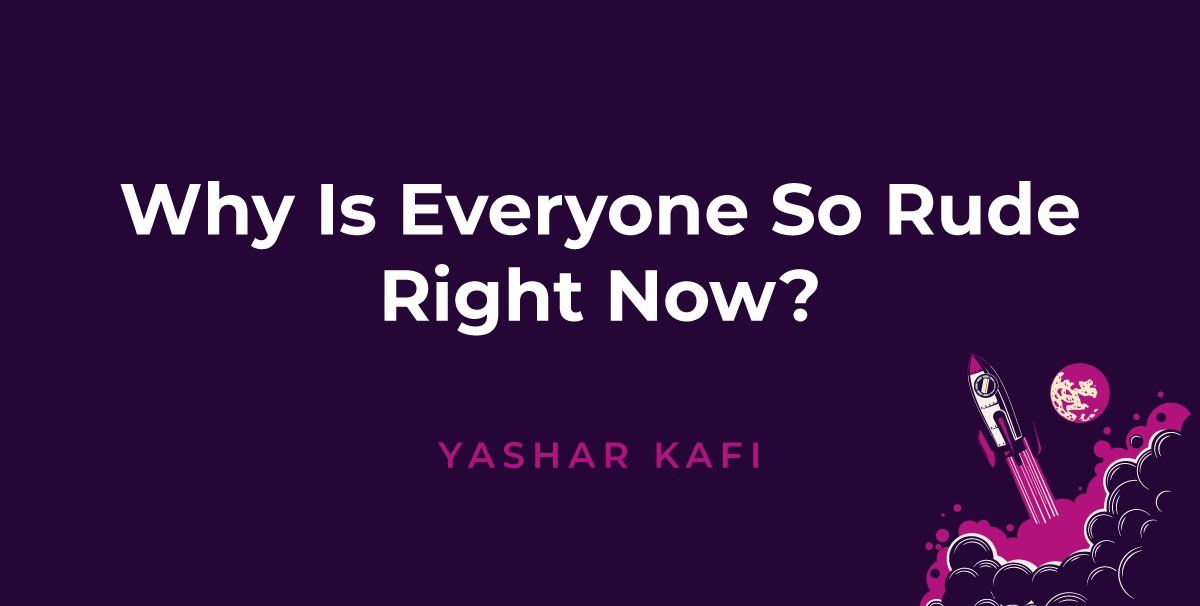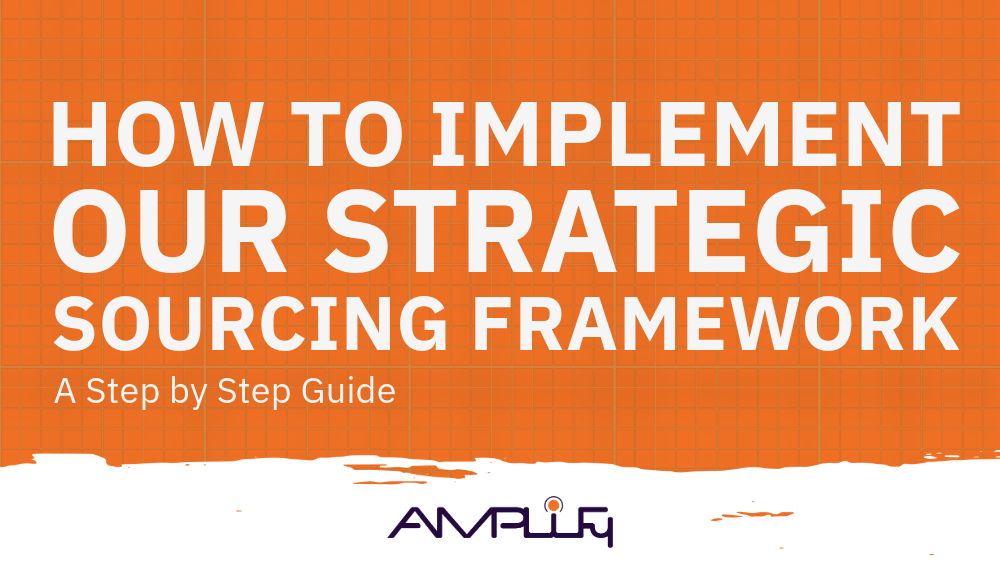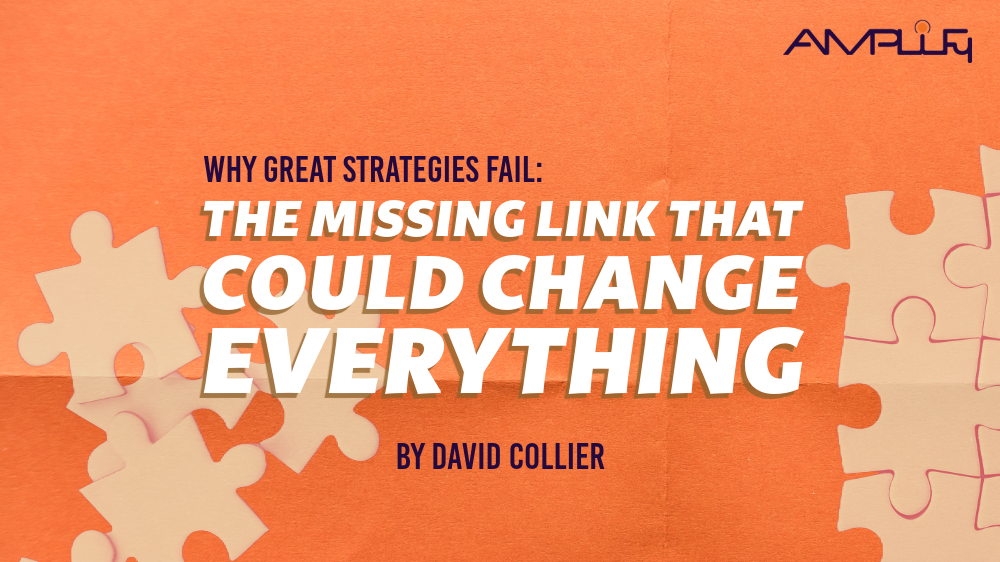Why Is Everyone So Rude Right Now?
I have to admit, on the rare occasion that I sit down to TV, I am a sucker for a classic, feel-good throwback. So when my TV found itself on an episode of Full House, I had to just let it ride. Anyone familiar with the show at all has probably heard the signature catchphrase that the character Michelle Tanner uses when faced with anything she deems undesirable: “How Rude!” she exclaims, clearly aghast at her current situation.
Well, as I heard these words come out of her mouth, it hit me… That’s exactly how I feel as I navigate the world today. Seriously, why is everyone so rude right now?
I think the pandemic is at the root of the problem (or has at least exacerbated it). And it’s not just me who feels this way: According to psychologist Bernard Golden, “We’re going through a time where physiologically, people’s threat system is at a heightened level.”
And when we feel threatened in any way, it instantly kicks off our fight vs. flight response. You know, that automatic physiological reaction to any event that we deem stressful or frightening triggers our body and mind to respond in one of two ways: face it and fight or flee.
And while it certainly makes complete sense that society is agitated beyond normal levels, there is no denying that it’s negatively impacting “the new normal” and returning to work. Translation: People are acting out amid their agitation—and the result isn’t pretty. It´s downright rude.
The Impacts of the Pandemic on Communication
Think about it: even on a practical level, how common courtesies we used to take for granted have been entirely obliterated by the pandemic´s restrictions. The warm greeting made possible by the shaking of hands. The small interchange of a shared smile (now literally “masked” by protective face coverings).
You might not realize it, but your handshake says a lot – a firm handshake has always helped make a good first impression. As for smiling and other social cues, these things allow us to know when to say something, enable us to better interact with others, and alert us to when it might be a good time to crack a joke. It impacts both sides, as not being able to get a visual reaction from a wisecrack also deprives us of that minor dopamine hit we can get from social interactions.
Speaking of social interactions, I am perhaps most discouraged at how we have somehow allowed coming together to devolve from what was once an opportunity for fellowshipping that builds community—to a festering cesspool of toxic behavior. Socials are known breeding grounds for arguments about any number of issues, and social media is only fuelling the fire.
Social Media Inciting Negativity
One example of how social media is becoming somewhat of a divisive demon is discussed in CBS’s whistleblower article, which exposes how Facebook (Meta) has intentionally played a part in this societal alienation. It also explores the impact of that on society—when social media has often been the only way people communicate with one another for the past year(s).
In summary, the article brings forth damning allegations against Facebook, specifically that the company’s research shows that it “amplifies hate, misinformation and political unrest.”
What Does This Mean for the Return to Work?
As previously mentioned, society’s collective fight and flight response have been activated. Add to this the fact that long separations due to the pandemic have made interactions awkward and sometimes downright unpleasant (Read: rude!), and you have a perfect storm of crabby people begetting pissy situations, period.
Wired had an article that further detailed the current plight, specifically describing how remote working is upping the rude factor in the workplace exponentially.
Simply put: Thanks to the pandemic, triggers for rude behavior have been exacerbated—and employers need to be aware of that and take responsibility by having resources available for their employees to cope and (hopefully) correct.
Final Thoughts Moving Forward
Despite society being taxed to its limit, we shouldn’t need to worry about returning to work. It’s up to you to do your best and take responsibility for your own behavior and reactions. Plus, employers need to do their best to create an atmosphere of open and honest communication with employees.
In summary: No matter the level of angst, don’t be an ass.




